Cleaning Quality and Economy—Depending upon the Cleaning Agent
Parts cleaning is an essential part of the manufacturing process in nearly all modern industrial operations. Just how effective and economical this process step is depends to a great extent upon the used cleaning agent.
The cleaning agents which are most frequently used in conventional wet cleaning processes include aqueous cleaning agents, chlorinated hydrocarbons (CHC), nonhalogenated hydrocarbons (HC), polar solvents and cleaning agents based on vegetable oils. Solids, dispersions, liquid and pelletised carbon dioxide and supercritical fluids are used less frequently and usually in combination with special cleaning processes.
Cleaning with Aqueous Media
The cleaning effect of aqueous media is based upon two different component groups, namely builders and tensides. Tensides are surface-active substances which change the respective boundary surface characteristics. As surface-active components, tensides are capable of “wedging” themselves between the contamination and the material to be cleaned, dislodging the contamination and dispersing the wash liquid. Builders are inorganic salts which increase the pH value of the water, facilitate the removal of solid particles and increase the cleaning effectiveness of tensides by means of a sort of synergy effect. Beyond this, aqueous cleaning agents contain ingredients which can be classified as chelating agents, preservatives and corrosion inhibitors. These serve to regulate water hardness, to prevent the formation of solid metallic soaps and to ensure corrosion protection for the parts to be cleaned and the cleaning system.The aqueous cleaning agents used today for parts cleaning are formulated as demulsifiers. Demulsibility has a decisive influence on the cleaning effectiveness and the service life of the rinsing bath. Every drop of oil which has been cleaned away from the part is enclosed by a film of tenside. This prevents the oil from once again being deposited onto a metal surface. At the same time, the tensides allow small oil droplets to combine into large drops and float up to the surface of the bath due to their minimal density. Oil separated in this fashion is continuously removed from the rinsing bath with skimmers or oil traps because the parts would otherwise become contaminated again when taken out of the bath. Afterwards, most of the tensides are once again available as an active washing substance in the bath. An ideal demulsifying effect can be achieved by correctly matching the demulsifier to the greases and oils, as well as to the tensides and additives in the cleaning agent. For environmental reasons, it should also be assured that the used tensides are biodegradable. In the case of aqueous cleaning agents for spray cleaning, the used components should be low-foaming and remain stable under high pressure conditions. A further demand which is being placed on the manufacturers of aqueous cleaning agents to an ever greater extent is a reduced process temperature, because this makes it possible to reduce energy consumption, and thus, operating costs as well. Aqueous cleaning agents are used in parts cleaning as neutral, alkaline and acidic cleaning agents.
Neutral Cleaning Agents
With a pH value within a range of 6 to 9, these can be used for intermediate and final cleaning of steel, cast iron, light metal alloys and nonferrous metals. Polar contamination such as salts or pigments can be readily removed with these cleaning agents. Non-polar contamination (e.g. greases and oils) is dislodged primarily by means of dispersion and emulsification. The degreasing effect is thus significantly lower than it is with alkaline cleaning agents.Alkaline Cleaning Agents
The most frequently used aqueous media in the field of metalworking, they are capable of removing polar as well as non-polar contamination. Furthermore, highly alkaline solutions can also be used to dissolve surface oxides. However, the tolerance of the material to be cleaned to these agents must first be tested. All in all, the solvent strength of alkaline cleaning agents when used for organic contamination is less than that of a solvent. The cleaning agents are matched to their respective applications by adding alkalies such as alkaline hydroxide, alkaline carbonate, phosphate, borax and silicate. In addition to this, they also contain surface-active substances and inhibitors, which prevent the surfaces of the parts to be cleaned from being chemically attacked.Acidic Cleaning Agents
These usually consist of an acidic component comprised of inorganic or organic salts, or acidic salts, as well as water soluble organic solvents (alcohol, ester) and surface active substances, which remove inorganic contamination such as metal rubbings, dust and pigments quite effectively. The removal of rust or scale is also a typical application. Greases and oils, on the other hand, can only be removed under certain conditions with acidic cleaning agents.Chlorinated Hydrocarbons—the Traditional Degreasers
Chlorinated hydrocarbons (CHC) are classified as halogenated hydrocarbons. They demonstrate physical and chemical characteristics which are advantageous for certain cleaning tasks. For example, they are very good grease solvents, have minimal surface tension and are chemically very stable. As a rule, CHC allows for effective removal of non-polar oils and slightly polar greases from components with complex shapes without corrosion, oxidation, discoloration, burning, dulling or other surface impairments. Contamination such as metal rubbings, chips, polishing pastes and pigments can only be removed with the help of corresponding mechanical cleaning aides. CHCs offer advantages over aqueous cleaning agents and non-halogenated hydrocarbons where drying is concerned. Thanks to their low evaporation numbers, thermal energy which is already stored in the parts is often adequate for drying.Hydrocarbons—Good Material Compatibility
Non-halogenated hydrocarbons (HC) are suitable for cleaning parts made of nearly all materials. Aliphatic and aromatic hydrocarbons, modified alcohols, aldehydes, ketones, esters, ether and turpentines are used. Some of these substances demonstrate non-polar characteristics and good oil and grease dissolving capabilities. On the other hand, others demonstrate polar characteristics and can be mixed with water. This allows for the formulation of polar, as well as non-polar cleaning agents. The primary application for non-polar HC cleaning agents is metal degreasing. They are distinguished by very good dissolving performance for animal, vegetable and mineral oils and greases. Insoluble particles such as chips are removed in the solvent along with the oils and grease, because they no longer adhere to the surface. However, the removal of polar contamination which adheres directly to the material is not possible with HC cleaning agents.Polar Solvents for Non-polar and Polar Contamination
Polar solvents developed especially for high quality industrial parts cleaning combine the advantages of aqueous cleaning agents and solvents. Thanks to the use of well balanced grease and water dissolving characteristics, outstanding results are obtained with these cleaning agents when grease and oil need to be reliably removed along with aqueous coolants and lubricants, polishing pastes, additives, salts, metal chips, rubbings and other solids in a single cleaning process. Polar solvents, which dry without leaving residue, are also suitable for difficult applications such as cleaning lapped and sintered parts, and after ECM deburring.Cleaning Agents Based on Vegetable Oils
Due to the fact that these cleaning agents have very high boiling points, fatty acid esters cannot be used for vapor degreasing without implementing further measures. The conditions of use and the composition of the ester products must be correctly matched to the type of contamination and the required degree of cleanliness in order to assure an ideal cleaning process. Organic contamination such as tapping fluids, lubricants and protective coatings can be effectively removed with ester cleaning agents based on vegetable oils. They usually have no corrosive effect on metals.Attainable cleanliness and the economy of the cleaning process depend, to a great extent, upon using the right cleaning agent. Cleaning test samples with originally contaminated parts at the laboratories of the fluid or machinery manufacturer is a good way to select an ideally suited medium. At the same time, parameters can be stipulated for the process sequence such as type of application, number of cleaning steps, processing temperatures and times.
Doris Schulz has worked as a freelance journalist for more than 18 years. Her specialty is the field of surface treatment, especially parts cleaning technology. She can be reached at +49 711 854085.
Read Next
Obscure CNC Features That Can Help (or Hurt) You
You cannot begin to take advantage of an available feature if you do not know it exists. Conversely, you will not know how to avoid CNC features that may be detrimental to your process.
Read MoreThe Cut Scene: The Finer Details of Large-Format Machining
Small details and features can have an outsized impact on large parts, such as Barbco’s collapsible utility drill head.
Read More3 Mistakes That Cause CNC Programs to Fail
Despite enhancements to manufacturing technology, there are still issues today that can cause programs to fail. These failures can cause lost time, scrapped parts, damaged machines and even injured operators.
Read More




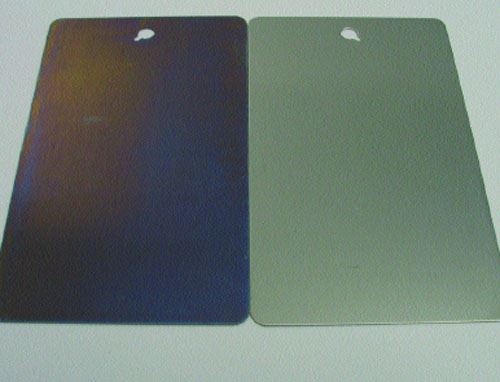
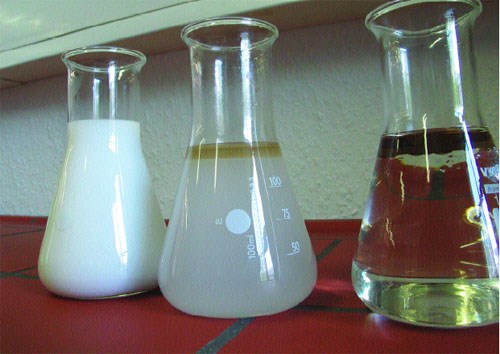
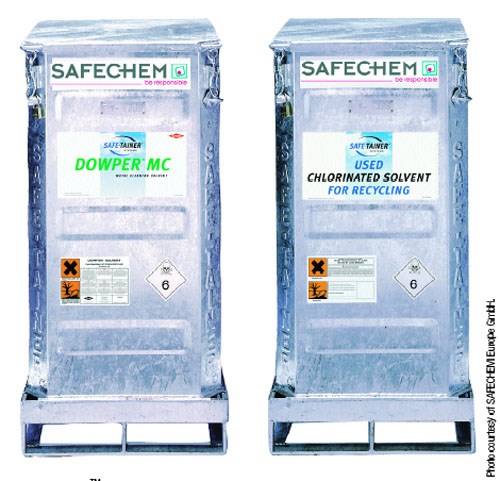
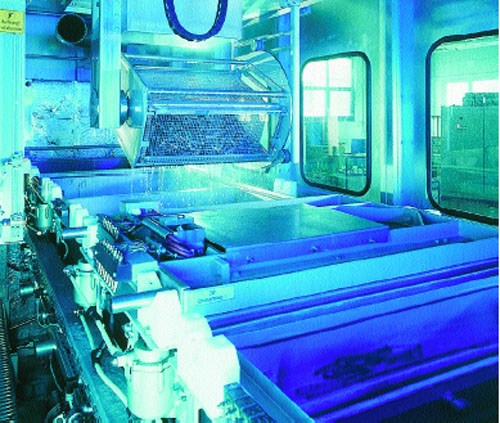
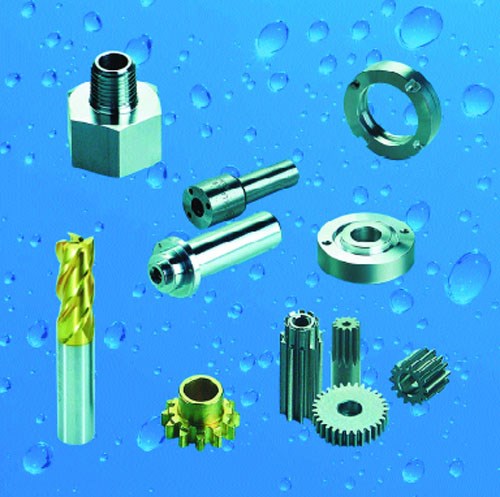







.png;maxWidth=300;quality=90)







